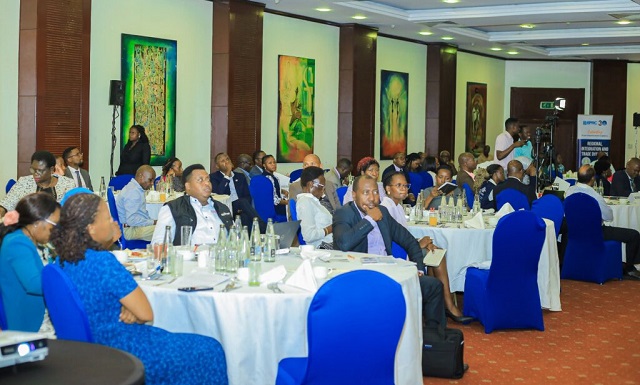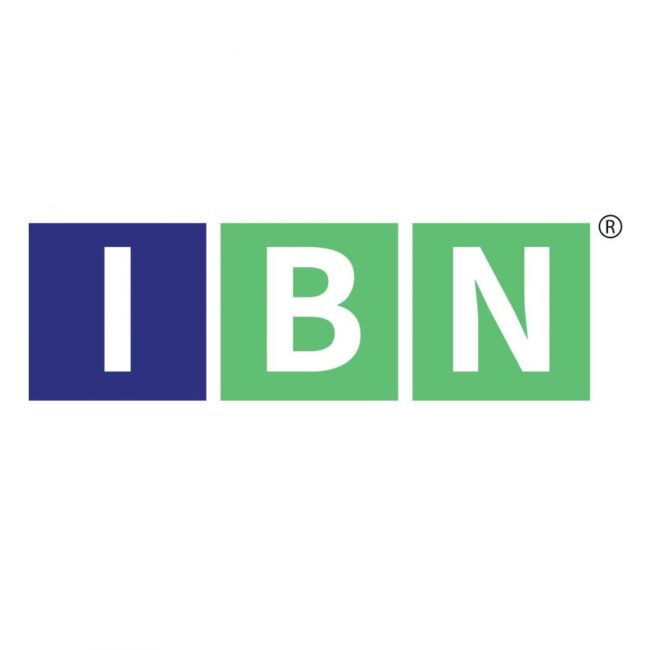Ugandan business leaders rally for stronger family enterprise succession
… , Uganda | Julius Businge | Ugandan business leaders and researchers have raised … prevent domestic disagreements from affecting business operations.
He added that children … . She said strengthening family business succession is essential for safeguarding …






